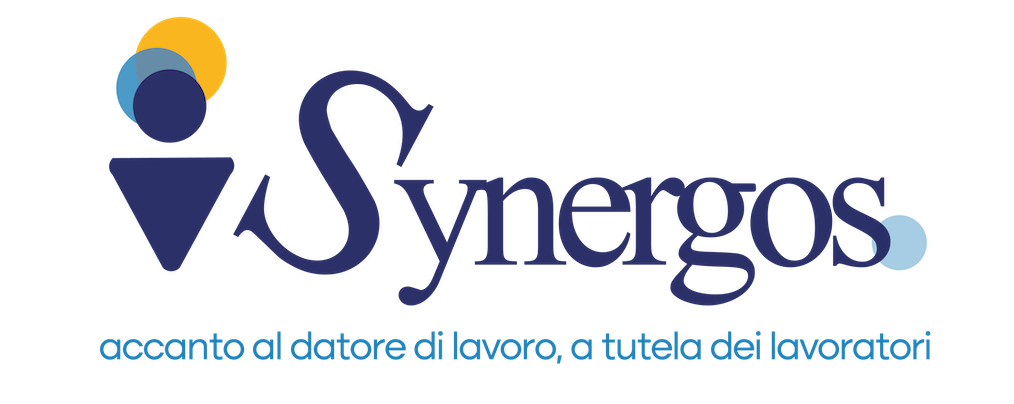Work-related musculoskeletal disorders are part of the branch of nontable occupational diseases and cover all disorders related to workers’ physical pain as a result of biomechanical overload.
Let’s see together what the causes and consequences are.
What are musculoskeletal disorders?
More and more people are suffering from back pain, arm pain, neck pain, and so on. Most of these musculoskeletal disorders are related to aging, but often the discomforts are caused by incorrect postures in the workplace, continuous repetition of movements, or the use of certain machinery.
The points of the body that are most affected are:
– spine (neck and back);
– upper limbs (shoulders, arms and hands);
– lower limbs (legs and feet);
and the most common symptoms affecting these districts are:
– feeling of heaviness;
– sense of discomfort;
– numbness;
– tingling;
– rigidity;
– pain.
Often these symptoms are associated with problems related to spinal discs, tendon inflammation, or muscle fatigue.
The causes of musculoskeletal disorders
The causes of musculoskeletal disorders can be diverse, and in most cases the disorders first occur mildly and then escalate to a more intense level over time.
They can be divided into three conditions:
– physical and biomechanical risk conditions (such as load handling, repeated activities over time, uncomfortable postures, vibration);
– organizational and psychosocial risk conditions (such as no breaks, working too fast, inability to change posture, harassment);
– individual risk conditions (such as physical ability, lifestyle and habits).
The consequences of biomechanical overload
Manual handling of loads is a major cause of overloading.
As consequences of biomechanical overload, the worker has physical discomfort related to the musculoskeletal system, in extreme cases even disability.
A worker who performs manual lifting and carrying of loads on a daily basis, for example, may experience spinal pain over time, compromising the integrity of the spine and his or her health, thereby also reducing his or her physical capacity.
As mentioned earlier, repeated exertion over time or maintaining the same posture for a long time (and often incorrectly) can also lead to unpleasant conditions in the long run.
Therefore, musculoskeletal disorders affect both physical and sedentary activities.
Prevention of musculoskeletal disorders
By following current health and safety regulations, the risks of contracting these diseases can be prevented or otherwise reduced. A significant number of people in Italy perform tasks that involve manual handling of loads.
To facilitate the prevention of musculoskeletal disorders and minimize problems related to workers’ health, in 1990 the European Union issued a directive (No. 269/90) that we can find in our Legislative Decree 81/2008.
This decree specifies actions aimed at mechanizing certain activities to make the employee’s work less burdensome. In addition, the hazards to which workers are exposed in manually lifting a load are also described.
We find:
– the characteristics of the load (such as weight, whether it is bulky and unstable);
– lifting positions (such as trunk twists, back position, excessive distance between trunk and load);
– excessive physical exertion (which is the consequence of prolonged lifting times);
– environmental details (such as slippery floors, or presence of stairs).
Companies therefore have the task of assessing the risks present in the company to prevent and reduce their causes; training and informing workers; and trying to better organize work considering workstations, ergonomic equipment according to tasks, work tools, planning work breaks.
Periodic preventive health surveillance by the competent physician plays a very important role because after a thorough risk assessment, if he deems it necessary, he must intervene with ergonomic actions aimed at safeguarding the health of workers.






